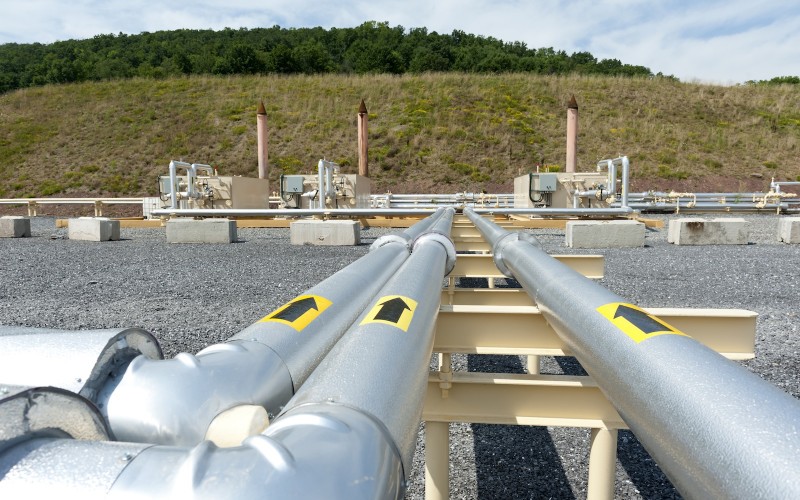With the first LNG export terminal in Sabina Pass, Louisiana now in operation, the US LNG export is becoming a reality, but low oil prices are constraining its future prospects.

Opportunities and challenges
The effects of the US LNG exports on global markets are still very much unknown, but there are both opportunities and challenges. LNG export terminals give the US economy a tremendous opportunity to take full advantage of the new resource that came with the era of hydraulic fracturing, and to join the competitive global game worth around $160 billion annually.
Natural gas markets are however highly saturated at the moment, and with gas prices in Asia and Europelinked to oil, prices are currently at the lowest levels in years. The demand from some of the largest LNG importers, such as Japan, South Korea and China is expected to slow down in response to economic woes, and in Japan’s case the restart of nuclear facilities. In addition, US producers and exporters will face a heavy competition from other LNG exporters, and especially from the big five: Qatar, Malaysia, Australia, Nigeria, and Indonesia.
Source: BBC
There is nevertheless another equally important aspect. Security of supply has always played an important role in the energy world, and the LNG story is no different. This is particularly important for the largest LNG importers such as Japan, where LNG makes 50% of its energy mix, and Europe, which heavily depends on political volatilities linked to gas supplies from Russia.
Both Asia and Europe have an interest in diversifying their LNG sources, particularly Europe with its heavy dependence on Russian gas. Since the start of the Russian intervention in Ukraine, the relations between Moscow and the EU have rapidly deteriorated. The main energy victim was the South Stream project, while at the same time the North Stream project, meant to transport the Russian gas to Germany through the Baltic Sea, is seen by many in Europe as another Russian attempt to increase its energy influence over the continent.
The main opposition to further cooperation with the Kremlin is likely to come from Eastern Europe, which heavily depends on Gazprom’s deliveries. These countries could also be most interested in gas deliveries from America: Lithuania’s state owned energy group Litgas has already signed a trade agreement with the Chenerie group, the owner of the Sabina Pass export terminal, to supply the Baltic States with US shale gas.
Geopolitics is important, but the price is more important.
Despite some regional geopolitical dynamics, the price would remain a key determinant in the success or failure of the US LNG story. Even when the oil prices rebound, the US LNG will have difficulties in challenging the monopoly of Russian gas in Europe, and fighting against fierce competition in Asia.
At the moment, the price of US LNG hovers around $2.8 per million British thermal units (mmbtu), but with transport costs to Europe, the price is likely to move up to $4.3 mmbtu in the short term, and between $7.5 and 8 mmbtu in the long term. In comparison, Gazprom can deliver natural gas to Europe for $3.5 mmbtu. Transport to Asia is even more expensive, and with current LNG price in Asia at $6.5 mmbtu, the incentive to export is simply not there.
Regardless of the current woes, the US LNG exports will have a powerful effect on natural gas markets in the long term. In Europe, the US gas will never be able to directly compete with Russian gas, but it will help to strengthen European energy security by diversifying the natural gas sources sources, and putting an upper cap on Gazprom’s prices. Globally, shale gas will make the markets more liquid and competitive, while propping the United States as the third largest LNG producer in the world after Qatar and Australia by 2020.
sourche: http://globalriskinsights.com/2016/02/us-lng-reaches-out-to-global-markets/




Δεν υπάρχουν σχόλια:
Δημοσίευση σχολίου